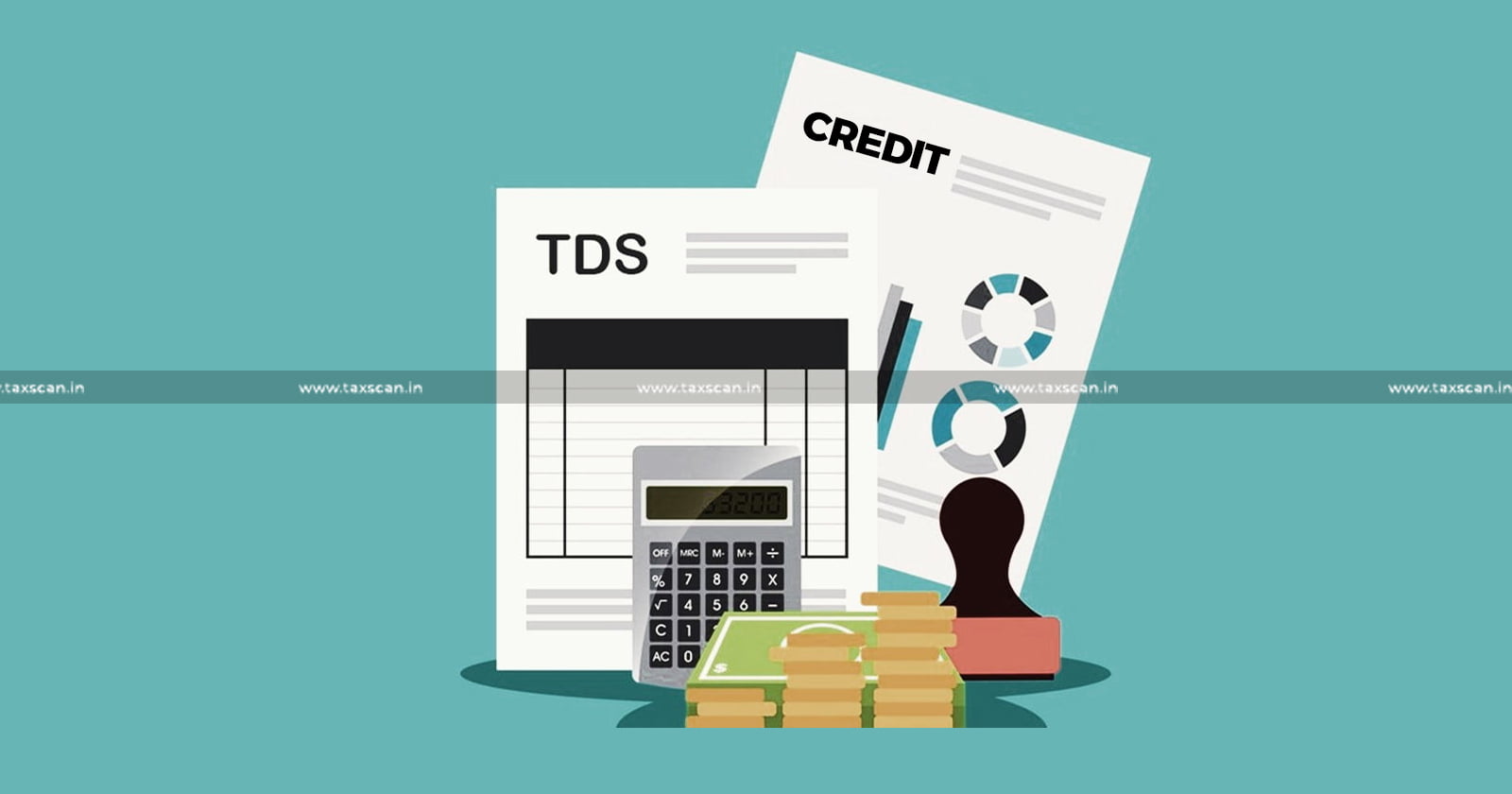Income Tax TDS Credit Claim Issue: Here’s All You Need to Do on ITR-Form 26AS-AIS Mismatch

You might find yourself in a situation where you are being asked to pay 60% tax on your income despite your effective tax liability being only 30% if there is a discrepancy between the TDS credit claimed in your ITR and 26AS.
For example, if a salaried individual receives their salary after the TDS deduction but the TDS deducted by their employer is not paid to the government, the TDS returns may not be filed by the employer. In such a case, when the employee files their Income Tax Return, the TDS deducted by the employer will not be reflected in their 26AS/AIS/TIS. The employee then has two options.
- Pay the Income tax again: If the employee doesn't claim the TDS credit while filing the ITR, they will have to pay Income Tax again on the Salary Income. This will result in double taxation.
- Claim the TDS Credit even if not reflected in 26AS: The employee can manually claim the TDS credit while filing their ITR, even if it is not reflected in 26AS, AIS or TIS. However, this may lead to a notice from CPC for a "mismatch in TDS credit", which will require the taxpayer to provide conclusive evidence that TDS has been deducted from the income in question. The taxpayer can then claim the remedy under Section 205 of the Income Tax Act during the course of litigation before the tax authorities.
In such a scenario, it is important to refer to Section 205 of the Income Tax Act 1961.
Section 205 of the Income Tax Act prohibits the Income Tax officer from collecting tax on income from which TDS has already been deducted. Therefore, if a taxpayer has evidence to show that TDS has already been deducted on a particular income, they can manually claim the TDS credit while filing their ITR, even if the credit is not reflected in 26AS.
There are various judgments issued by Income Tax Appellate Tribunals and High Courts, wherein the tax officers were directed to collect the Income Tax from the TDS deductor rather than collecting the Tax from an employee or Income recipient (who earned income after the TDS deduction).
In a recent ruling, a Division Bench of Delhi High Court, while disposing of the writ petition has held that the refund could not be adjusted on the ground of non-deposit of Tax Deducted at Source (TDS) by the employer in SANJAY SUDAN Vs ASSISTANT COMMISSIONER OF INCOME TAX & ANR2023 TAXSCAN (HC) 456
The Pune bench of the Income Tax Appellate Tribunal has recently held that the benefit of TDS shall be allowed in Intimation under Section 143(1) of Income Tax Act even If It is not deposited in Mukesh Padamchand Sogani vs ACIT 2023 TAXSCAN (ITAT) 439
For a considerable period, it has been recognized that the department is unable to collect taxes from the taxpayer if the TDS deductor defaults. Nevertheless, the Income Tax Portal has introduced software techniques that trigger an automatic notice and demand for tax liability if there is a disparity between TDS credit as per ITR and 26AS. Consequently, in such a circumstance, the taxpayer has no alternative but to go through the process of tedious litigation.
Read More: ITR Mismatch: CBDT to Take Action Against 33,000 Income Tax Payers
The taxpayer should check their Form 26AS/Annual Information Statement/Taxpayer Information Summary to verify the TDS deduction details of the previous financial year. If there are discrepancies in the details of TDS credits, then the taxpayer should do the following things to fortify himself during the course of litigation: –
Ask the TDS deductor to make payment or correct the TDS return before the Income Tax Return filing deadline.
Collect supporting documents that demonstrate TDS deduction from the income subject to taxation. For example, salary slips from an employer can be used to prove TDS deduction for an employee.
If feasible, obtain confirmation via email from the TDS deductor to confirm TDS deduction from their income.
During the hearing, request the relevant Income Tax officer to retrieve the taxes owed from the TDS deductor who failed to make tax payments.
On a related note, Section 155 is to be modified with effect from April 1 to resolve a TDS mismatch problem. “When a taxpayer reports income using the accrual method, it may be taxed before the TDS is deducted. It causes a TDS mismatch and prevents the taxpayer from claiming TDS credit. The amendment in section 155 allows taxpayers to apply to the Assessing Officer within two years of the financial year in which the tax was withheld,” the Income Tax Department explains.
Support our journalism by subscribing to Taxscan premium. Follow us on Telegram for quick updates


